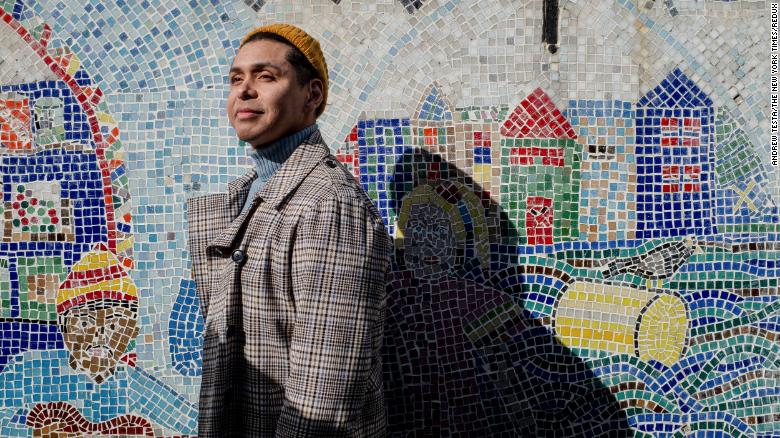- Click to share on Facebook (Opens in a new window)
- Click to share on Twitter (Opens in a new window)
- Click to share on LinkedIn (Opens in a new window)
- Click to email a friend (Opens in a new window)
The FDA approves drug that prevents HIV (October 2019) 0:30
London (CNN) - The second person who has been cured of HIV remains without active virus more than two years later, a study published by the medical journal T he Lancet HIV revealed on Tuesday .
Two and a half years ago, Adam Castillejo, previously identified as the "London patient", ended HIV antiretroviral therapy.
He underwent a stem cell transplant to treat lymphoma and his donor carried a mutation known as CCR5-delta 32, which made him resistant to HIV.
The researchers said that when treating their lymphoma, they believe that Castillejo, who is now 40, was cured of HIV.
Adam Castillejo
HIV (human immunodeficiency virus) is a lifelong viral infection that attacks the body's immune system and can have important health consequences. There is no widely available cure, however, the virus is treatable with a combination of medications known as antiretroviral therapy that reduces the amount of virus in a person's blood and can be prevented by PrEP, which was approved by the Drug Administration. and US Foods UU. (FDA) in 2012.
According to UNAIDS, there were 37.9 million people living with HIV worldwide in 2018.
MIRA : Experimental HIV vaccine fails in South Africa
"Our findings show that the success of stem cell transplantation as a cure for HIV, first reported nine years ago in the Berlin patient, can be replicated," said Ravindra Gupta, lead author of the study and professor in the department. of clinical microbiology at the University of Cambridge.
Unlike the Berlin patient, later identified as Timothy Ray Brown, Castillejo underwent a single stem cell transplant instead of two and did not receive radiotherapy throughout his body as part of his treatment.
Castillejo represents a step towards a less intensive treatment approach, the authors said.
Even so, given the invasive nature of experimental treatment, the authors warn of its widespread use.
"It is important to keep in mind that this curative treatment is high risk and is only used as a last resort for patients with HIV who also have life-threatening hematologic malignancies," Gupta said. "Therefore, this is not a treatment that would be widely offered to HIV patients receiving successful antiretroviral treatment."
Since Castillejo is only the second informed patient who undergoes this experimental treatment successfully, the authors point out that it will require continuous, but much less frequent, monitoring of virus recurrence.
Sharon Lewin, director of the Peter Doherty Institute for Infections and Immunity at the University of Melbourne, said the case was an "exciting breakthrough" but should be seen in context.
"It's hard to know if this is a cure, only time will tell, but it looks very promising," Lewin said in a statement sent to CNN.
MIRA : HIV strain discovered after two decades
“This case is an exciting development, but we must also put it in context: curing people with HIV through a bone marrow transplant is not a viable option on any scale. We need to constantly reiterate the importance of prevention, early testing and adherence to treatment as the pillars of the current global response to HIV / AIDS. And keep searching for a cure for HIV, ”he added.
In an interview with T he New York Times , Castillejo said he decided to reveal his identity after years of difficult treatments and moments of despair.
"This is a unique position to be, a unique and very humble position," Castillejo told the newspaper. "I want to be an ambassador of hope."
Kat Smithson, director of policies of the National AIDS Trust, applauded Castillejo for sharing her experience and added that there is a stigma around HIV that may make it difficult for some people to seek help.
"His story helps create a much-needed awareness about HIV, but beyond that it is a story about incredible resilience, determination and hope," he said in a statement to CNN.
HIV

